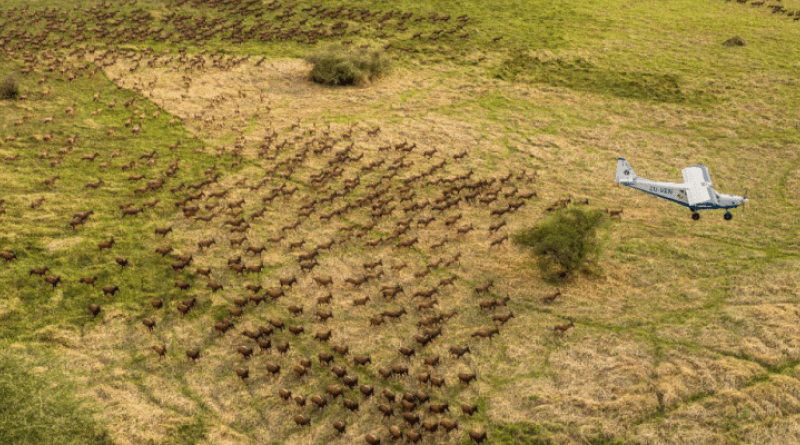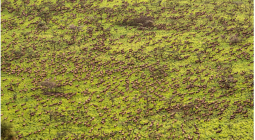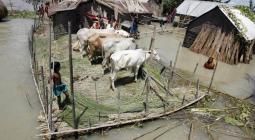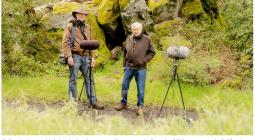South Sudan records the world’s largest mammal migration

The results of a recent survey show that Southern Sudan is home to the world's largest mammal migration. This is a major achievement for the conservation of biodiversity, at a time when flora and fauna are under threat from human activities throughout Africa.
It is a world record hailed by President Salva Kiir Mayardit. South Sudan is home to the largest migration of land mammals on Earth, with 6 million individuals. This is the result of the first comprehensive aerial survey of the Boma Badingilo Jonglei (BBJL) landscape, carried out as part of a partnership between the South Sudanese Ministry of Wildlife Conservation and Tourism and the conservation organisation African Parks, with the support of The Wilderness Project.
The study was conducted over a contiguous block of 122,774 km2, encompassing the entire known range of the four main antelope species migrating as part of the Great Nile Migration. These are the white-eared cob, Mongalla gazelle and tiang, which migrate through the Boma Badingilo Jonglei ecosystem, as well as to the Gambella National Park in Ethiopia.
Political will
“Our grasslands and protected areas provide a refuge for some of the largest antelope populations on the planet. It is with great pride that I announce the results of this census to the nation and the international community today. It has put us in first place (in the world)”, rejoices South Sudanese Head of State Salva Kiir.
The Badingilo and Boma national parks, which are now the pride of South Sudan, cover almost 3 million hectares and are an integral part of a wider ecosystem covering 20 million hectares that stretches across the Jonglei corridor and as far as the White Nile. As well as antelopes, the critically endangered Nubian giraffe (a subspecies of northern giraffe), northern lions and north-east African cheetahs also live in this ecosystem.
Species still in danger
The stable conservation of this important wildlife population comes after decades of instability and ethnic conflict that have seriously affected the lives of local people in and around Badingilo and Boma. While the population of migratory animals is growing, the situation is not at all the same for certain large mammals. In fact, “a comparison with studies carried out in the 1980s shows that most of the sedentary species that do not show a migratory pattern, notably the elephant, warthog, cheetah, hippopotamus and buffalo, have experienced a significant decline”, laments African Parks.
Taking account of local communities
Be that as it may, President Salva Kiir is committed to “transforming the wildlife sector into a sustainable tourism industry. To achieve this, I call on the security forces, in particular the Ministry of Wildlife and its partners, to give priority to training and equipping rangers to combat poaching and trafficking in illegal wildlife products in protected areas”.
This protection of biodiversity should take account of the communities living in the Boma Badingilo Jonglei landscape. These ethnic groups include the Dinka, Murle, Anyuak, Jie, Toposa, Nyangatom, Nuer, Mudari, Bari, Lokyoya, Madi, Lolubo, Ari, Lopit, Latuka, Boya and Didinga.





